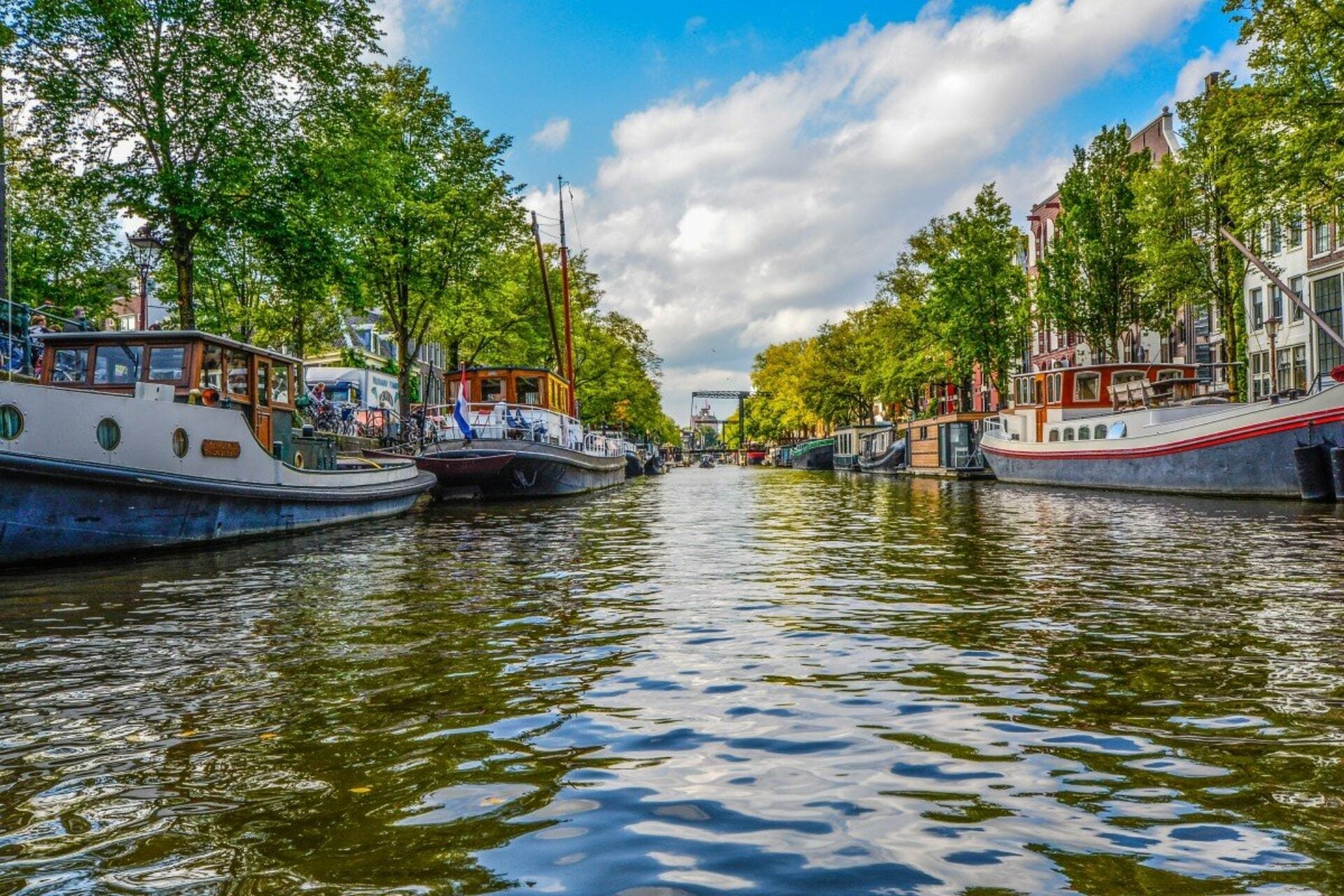
Retreat? Not Just a Developing World Problem
As rates of sea level rise accelerate, the Netherlands must confront a future that looks very different from today: one that requires the Dutch to redefine their relationship with water.
For centuries, the Dutch have been contending with water. Today, 26% of land in the Netherlands is below sea level, with another 50% of total land mass reaching heights of less than 1 meter. It’s a Herculean effort to keep land previously reclaimed from the sea dry. An impressive 20,000-kilometer network of dikes combine with dams, levees, locks, sluices, and floodgates to prevent river flooding and storm surges from wiping out key economic and cultural hubs.
The Dutch are, for good reason, revered as the gold standard when it comes to water management.
The Delta Works, Room for the River projects, the Rijkswaterstaat, and district water boards all constitute engineering and management feats that have by-and-large protected the Netherlands from the deleterious effects having too much water and being too close to sea level. Add in the fact that Dutch children are taught to swim in pools with all their clothing on. And their shoes. You know, just in case. They seem to have thought of everything.
But future climate change may cause radical shifts in the Dutch ethos.
A new story by Vrij Nederland (read it in English here) sheds light on the 2019 Delta Programme Report, released in September, which supplements research under way at several Dutch universities, including Delft University of Technology. An appendix to the report (Dutch readers can find it here) points to accelerated climate related sea level rise. It warns that if global warming under the Paris Agreement is limited to a maximum of 2 degrees Celsius by 2050, the Dutch coast will still experience between a 1-2 meter rise. In summary, projections suggest the Dutch delta will be habitable until 2050 under this scenario. And then, uncertainty reigns.
Now, if global warming exceeds 2 degrees Celsius (Climate Action Tracker suggests 3.3 degrees), models predict that sea level rise in the Netherlands may exceed 3 meters by 2100. Under this scenario it becomes virtually impossible to keep the water out. Huge sand replenishment projects (25 times the current effort) would work around the clock. Dikes would be built higher and higher. Enormous pumping stations would transport river water up over the barriers and out to sea. Freshwater intrusion would become rampant. The country’s €90 billion agriculture export economy would fracture.
Inconsistent with this possible future, the Netherlands is not currently on track to meet its Paris commitments. Though a recent Dutch appeals court ruling might change all that, the fact remains that in nearly three decades the country has so far only cut emissions by 13%. Essentially, nothing on the emissions needle has moved since 2012.
Where does this leave the Netherlands today?
There are several proposals underway, originally envisioned by Deltares two years ago:
Fort. Significant public monies would be invested in building fortification from the sea and river deltas along with massive-scale pumping stations to move water over the large dikes and into the sea. This is both costly and energy intensive, and frankly, not great for the environment.
Stilts. Moving cities across the Randstad and IJsselmeer onto stilts would require design implementation yet to be realized on this scale anywhere on earth. The value lies in letting rivers run naturally and freely, accommodating sea level rise, flooding, and natural siltation. The consequence is abandoning some of the country’s most prolific agricultural zones.
Islands. The island plan would give some land back to the sea, but preserve high value areas. The not insignificant cost comes from fortifying these islands against inevitably rising tides and storm surges, similar to any coast. Additionally, this proposal requires maintained connectivity between these islands and the mainland.
Retreat. The most controversial plan of all gives reclaimed polders back to the sea, allows rivers to flow freely, and abandons—well, everything—for a planned move to the east. Because the Netherlands is densely packed, relocating populations within current borders is unlikely. So, there are (half joking) suggestions for “compulsory German language instruction for school-age children.”
If climate change doesn’t get the attention of a Dutch man or woman, watching the Netherlands fall into the sea from the German coast sure will. The idea is radical, and evokes anger and nationalism. Will huge swaths of the Netherlands secede to the Germans? Eighty years ago, this would have seemed absurd, but tomorrow this may seem like an okay deal to trade cultural heritage for survival.
The Netherlands faces some big choices. Fortunately, it has some resources. For people in developing countries combatting coastal sea level, retreat is often the only answer. But surprisingly, even in some forward-looking developed countries, managing relocation, starting with smart planning and investment decisions today, may be the ultimate answer.
Cornelia Colijn
Executive DirectorCornelia Colijn is the executive director of the Kleinman Center. She envisions, plans, and manages all center programming, while building connections with students, faculty, and leaders in the energy industry.

